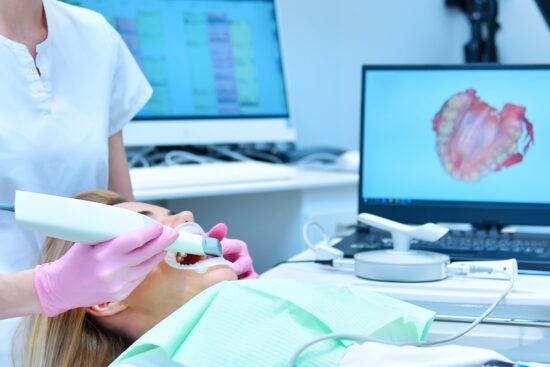Oral cancer has long been associated with smoking and tobacco use, but an alarming trend has emerged where non-smokers are increasingly diagnosed with this condition. This shift highlights the importance of understanding less traditional risk factors, such as viral infections, genetic predispositions, and environmental exposures. David Webb Oral Surgeon emphasizes the need for early detection and prevention while shedding light on these underexplored contributors.
The Role of Viral Infections in Oral Cancer
Human papillomavirus (HPV) has become a leading cause of oral cancer in non-smokers, particularly strains 16 and 18, which are strongly linked to cancers in the oropharyngeal region. Unlike smoking-related cancers, HPV-associated oral cancers often occur in younger, otherwise healthy individuals. Public awareness about HPV vaccinations is crucial, as they can significantly reduce the risk of infection and related cancers. Furthermore, other viral infections, such as Epstein-Barr virus (EBV), may play a role in oral cancer development. Ongoing research into these interactions and immune responses is critical to developing targeted interventions.
Genetic Predispositions and Their Impact
Genetics also contribute significantly to oral cancer risk. While lifestyle factors like smoking and alcohol consumption are well-known contributors, genetic mutations can predispose individuals to cancer development regardless of their habits. For example, mutations in tumor suppressor genes, such as p53, can disrupt normal cell regulation and increase cancer susceptibility. Advancements in genetic testing are paving the way for personalized medicine, enabling early interventions for individuals at higher risk. Understanding familial patterns and genetic markers is becoming an essential part of comprehensive oral cancer care.
Environmental Exposures and Oral Cancer
Environmental exposures are another significant risk factor for oral cancer in non-smokers. Prolonged exposure to industrial chemicals, air pollutants, and radiation can damage oral tissues and initiate carcinogenic processes. For example, individuals working in industries involving asbestos or heavy metals may face elevated risks. Dietary factors also play a role; deficiencies in vitamins and antioxidants can weaken the immune system, reducing the body’s ability to combat carcinogens. Addressing these factors highlights the multifaceted nature of oral cancer risks beyond smoking-related causes.
Addressing Misconceptions About Oral Cancer
The rise of oral cancer in non-smokers challenges longstanding misconceptions about the disease. Many assume they are not at risk if they avoid smoking and tobacco products, but this false sense of security can delay diagnosis and treatment. Regular dental check-ups and increased awareness of oral health are critical for early detection, especially for those exposed to alternative risk factors. Educating patients about the full spectrum of risks empowers them to take proactive steps in monitoring their oral health.
Innovations in Diagnosis and Prevention
Advances in diagnostic tools are enhancing early detection of oral cancer, particularly in non-smokers. Technologies such as salivary biomarkers and optical imaging can identify subtle changes in oral tissues before they become clinically evident. Prevention-focused approaches, including HPV screenings, discussions of genetic risk factors, and minimizing environmental carcinogen exposure, are becoming integral to routine dental care. A comprehensive, multidisciplinary approach is essential to combat the growing prevalence of oral cancer among non-smokers.
Emerging Risks of Oral Cancer: Understanding the Rise Among Non-Smokers
Oral cancer’s increasing prevalence among non-smokers calls for a paradigm shift in how the condition is understood, diagnosed, and prevented. With contributing factors such as viral infections, genetic predispositions, and environmental exposures becoming more evident, healthcare providers must adopt a holistic and proactive approach to combat the disease. By leveraging advancements in technology, such as salivary biomarkers and optical imaging, and prioritizing preventive measures like HPV vaccination and genetic screening, the potential for early detection and intervention becomes significantly greater.
Public education also plays a vital role in addressing the misconceptions surrounding oral cancer. Many individuals remain unaware that lifestyle factors beyond smoking and alcohol use can contribute to their risk. Integrating awareness campaigns into dental care practices can empower individuals to take control of their oral health, fostering habits that reduce exposure to risk factors.
Furthermore, interdisciplinary collaboration among researchers, clinicians, and public health officials is key to unraveling the complexities of oral cancer. Continued investment in research to explore the intricate interplay of viral infections, genetics, and environmental factors will open new avenues for prevention and treatment. As we broaden our understanding and strengthen early detection efforts, the hope is to significantly reduce the impact of oral cancer and improve patient outcomes for both smokers and non-smokers alike.
